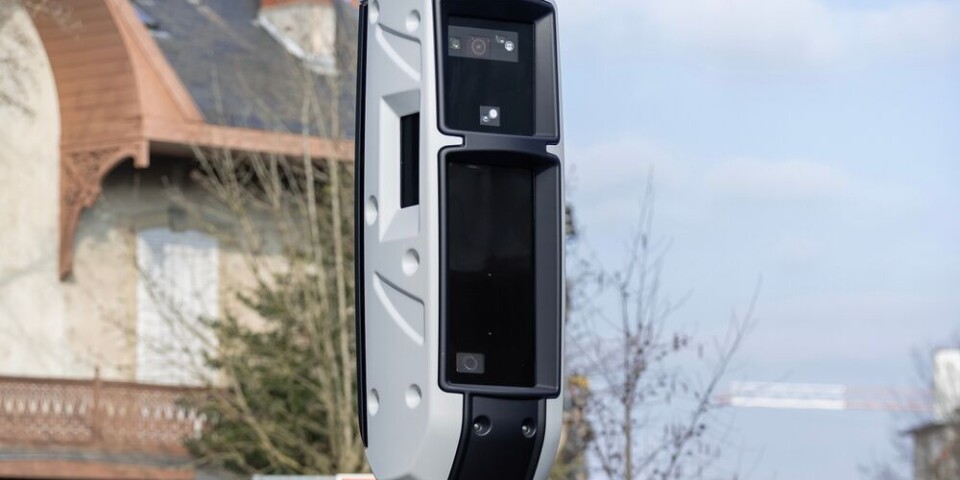-
‘No evidence third party involved’ in deaths of British couple in south-west France
Investigators update The Connexion on Dawn Kerr and Andrew Searle case
-
MPs push to remove low emission zones in France
Critics say the zones penalise lower-income households, but the government has warned abolishing them could cost billions
-
Trump tariffs: Americans in France hit by dollar drop
Europe has said the tariffs will cause the economy to ‘massively suffer’ as France plans retaliation
Covid 19 in France: What facemask should I wear?
France advises against wearing fabric facemasks as they do not provide enough protection against the spread of new variants of coronavirus

Health officials in France have updated advice on wearing masks during the pandemic in light of the new UK and South African variants of the virus - including a warning against fabric masks. Here is the latest guidance:
Wearing a facemask that covers the mouth and nose is mandatory in all indoor public spaces in France and on the streets of about 400 towns and cities. Anyone caught without a mask or wearing one incorrectly faces a €135 fine.
The Haute Conseil de la Santé Publique (HCPS) advises wearing surgical masks and Category 1 fabric masks only. It stopped short of following Bavaria's lead in requiring people to wear the more protective FFP2 filter masks in shops and on public transport.
Health Minister Olivier Véran told France Inter: "Artisan masks that you make at home, with the best intentions in the world, respecting the official advice, do not necessarily offer all the necessary guarantees."
Category 1, Category 2, FFP2… it's confusing
Category 1 masks filter more than 90% of particles. This standard includes blue single-use surgical masks, FFP2 filter masks, and certain types of fabric masks that meet specifications.
The advice now is that people should wear Category 1 masks. FFP2 masks are not widely recommended, as they lose efficiency when worn incorrectly, which is quite common. Health staff, who routinely use these masks, are trained how to put them on and wear them.
Category 2 masks have been proved to filter more than 70% of particles. Known as "masques du grand public" (masks for the general public) this standard takes in most cloth masks that were recommended to the general public last spring.
Many 'Made in France' fabric masks do not display filtration levels so it is impossible to know which category they fall in.
How will I know what type of mask I'm buying
Good question. Confusingly, many surgical masks, which are Category 1, are labelled Type II. So the first thing to look for is the filtration level. Find a mask with a filtration level of 90% or more, and you've found a recommended mask.
Surgical masks labelled Type I, Type II or Type IIR will meet the 90% filtration standard.
Surgical masks bought from a supermarket should comply with international standards, but check the mask packaging includes information on how many masks are inside, the name and address of the producer, the expiry date, how to stock them and instructions for use.
Look also for the codes (EN14682), (ASTM F2100-19, level 1, 2 and 3), or (YY 0469-2011). These indicate where the masks were made - Europe, USA, China respectively - and that they meet the appropriate standards.
Fabric masks should - but do not always - carry labels stating that they filter more than 90% or comply to category 1 standards.
The advice now does not recommend home-made masks. Even those masks made by people who follow the Afnor specifications cannot be guaranteed to give the correct level of protection, HCPS said.
























